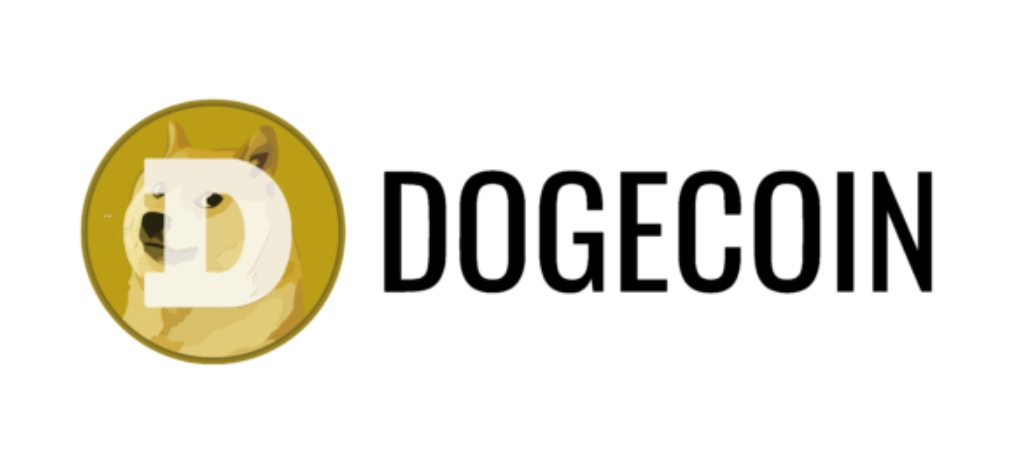The reason behind Dogecoin’s recent price decline

Dogecoin, a cryptocurrency born as a meme that evolved into a cultural sensation, has recently faced a notable decline in its price, prompting discussions among investors and fans about its future. Currently trading at roughly $0.171 in mid-March, Dogecoin has witnessed a substantial drop from its peak of about $0.47 in December 2024, representing a decrease of over 60%. This downturn comes after a tumultuous year for the meme-based cryptocurrency, marked by surges linked to prominent endorsements and political events, followed by a significant correction in recent times. The key question on everyone’s mind is: What factors are driving this latest downturn, and is there any indication of a potential turnaround ahead?
The early months of 2025 have been marked by volatile price movements for Dogecoin. Following its climb to $0.48 in December 2024, buoyed by optimism surrounding Elon Musk’s appointment to lead the Department of Government Efficiency (DOGE) in the administration of President Donald Trump, the memecoin struggled to sustain its upward momentum. By February, it had already shed nearly 46% of its value, falling below $0.19, a level not seen since November 2024. The downward trend continued into March, with prices plunging as low as $0.14 on March 11, reflecting a 46.7% decline in just eight days, before stabilizing slightly around $0.17.
The sharp decline in Dogecoin’s price aligns with broader patterns in the cryptocurrency market, where major digital assets like Bitcoin and Ethereum also experienced declines. For instance, Bitcoin dropped below $80,000 on March 10 amid concerns about inflation, while altcoins like Solana and Cardano saw losses of 9% and 10%, respectively. Nevertheless, Dogecoin’s decline has been notably more pronounced than Bitcoin’s 15% dip over a comparable period, underscoring its susceptibility as a speculative asset heavily influenced by sentiment and external factors.
Several underlying reasons contribute to Dogecoin’s recent price challenges. First, macroeconomic uncertainties, such as fears of inflation and a potential U.S. economic downturn, have roiled the financial markets, prompting investors to adopt a cautious approach and shedding volatile assets like memecoins. Second, the initial excitement surrounding Dogecoin’s surge in late 2024, fueled by Elon Musk’s association with the Department of Government Efficiency and Trump’s crypto-friendly stance during his campaign, has dissipated without concrete signals of the department adopting Dogecoin as a utility token. This “sell-the-news” reaction, coupled with a lack of fresh developments, has curtailed DOGE’s momentum.
From a technical standpoint, Dogecoin has breached key support levels, dropping below its 200-day Simple Moving Average (SMA) of $0.24 in late February for the first time since October 2024, indicating a bearish trend. Failure to sustain the $0.17 threshold in early March has potentially opened the door to further declines, with some analysts forecasting a possible decline to $0.125 or even $0.06 if selling pressure persists.
Retail investors seem to be swiftly offloading their Dogecoin holdings during this downturn, as evidenced by on-chain data indicating over $20 million in DOGE positions liquidated on March 11 alone, with more than $100 million wiped out in the preceding week. The long-to-short ratio plummeted to 0.86, its lowest level in a month, reflecting strong bearish sentiment and a bet on further price drops.
While reports earlier in February highlighted a significant drop in active Dogecoin network addresses, suggesting diminishing demand, recent data points to a reversal, with active addresses surging to over 350,000 in mid-March, marking the second substantial uptick since February’s crash. This discrepancy hints that while retail panic-triggered sales initially, larger players or “whales” might be discreetly accumulating positions.
Despite the somber price performance, there are glimmers of hope for Dogecoin holders. The recent increase in active network addresses, reaching a four-month pinnacle, suggests renewed interest or strategic accumulation by wealthy holders. Historically, upswings in on-chain activity have often preceded price recoveries, indicating accumulation by investors anticipating a rebound. Should Dogecoin manage to sustain above the $0.16-$0.19 support range, some analysts argue it could set the stage for a move toward $0.30 or beyond, potentially reclaiming its 50-day SMA.
Moreover, the unpredictable influence of Elon Musk remains a wildcard factor. While his recent absence from engaging with Dogecoin has dulled enthusiasm, any positive mention or policy insinuation related to his government role could reignite speculative excitement. Broader narratives, like potential Federal Reserve policy changes, could also revitalize risk assets like DOGE if market conditions improve.
Dogecoin’s






